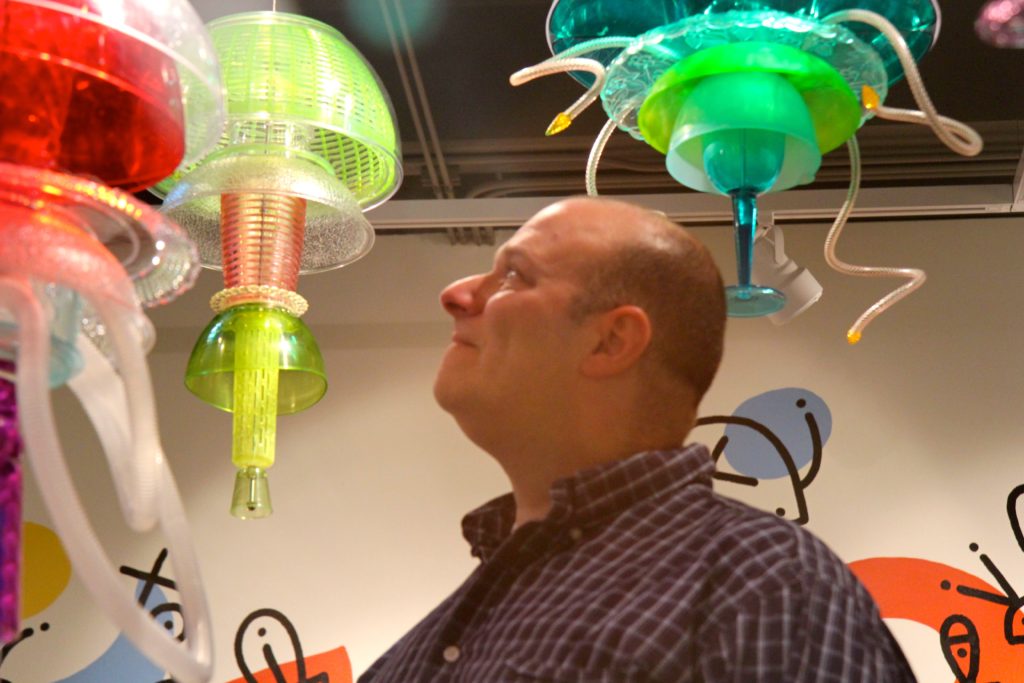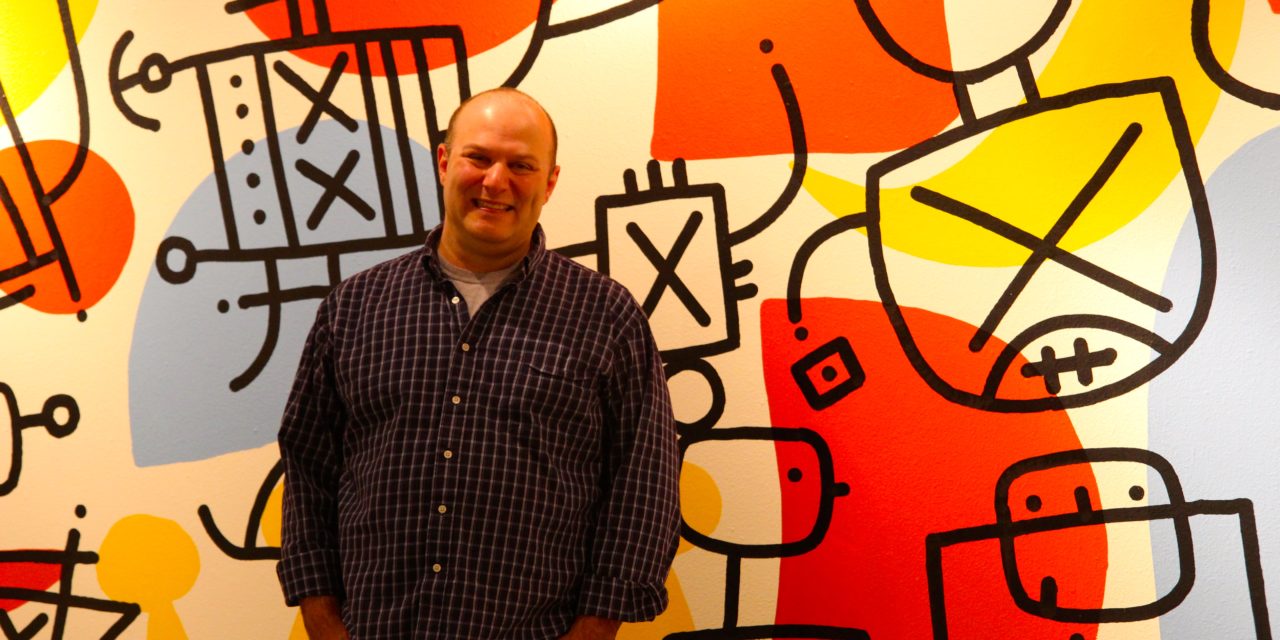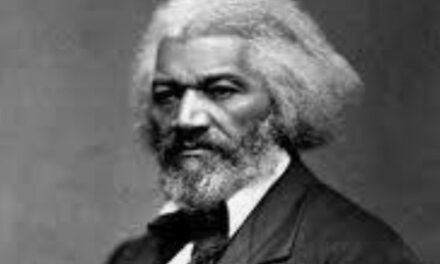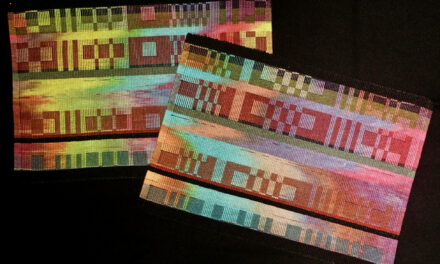(Above: Artist Pete Goldlust by a wall-sized mural that’s part of his show, Crowd Scenes and Questionable Hybrids, at Lane Community College; photos by Randi Bjornstad)
By Randi Bjornstad
During his earlier years as an artist, Pete Goldlust was crazy about carving crayons. Actually, he still is, but he’s probably better known now for drawing, painting, found-object sculpture and computer-assisted art that ranges from page-sized designs to wall-covering murals.
Some of his eclectic work is on display through March 11 in a show at Lane Community College titled Crowd Scenes and Questionable Hybrids.
Midwest upbringing
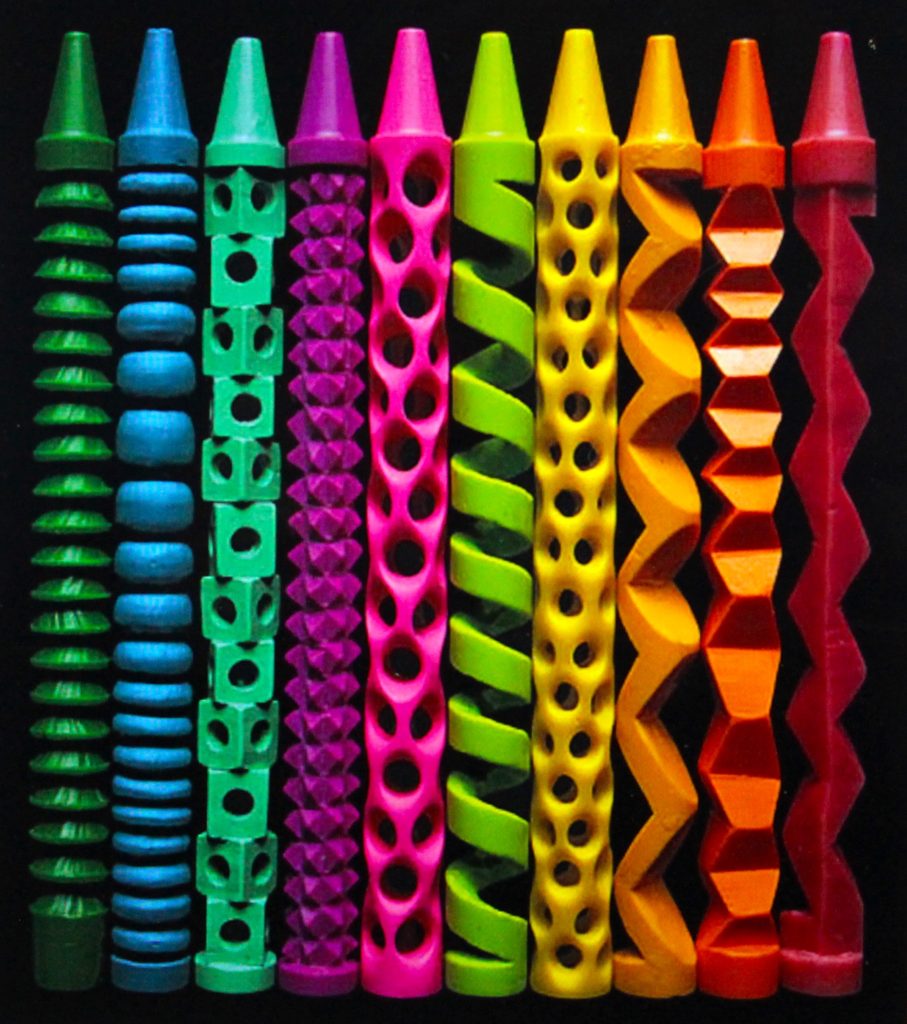
Goldlust grew up outside Minneapolis in a suburb called St. Louis Park, home also to moviemakers Joel and Ethan Coen and the Franken brothers, Al and his photojournalist brother Owen.
“It was the Jewish section of of Minneapolis,” Goldlust said. “I remember that Al Franken’s brother used to come in and talk to our classes.”
He traces his own ancestry to Eastern Europe, “where at some point in some regime it was decided that Jews had to have names that other people would automatically know was Jewish.”
People who paid money got fancier names — perhaps like Himmel (heaven) or Mizrahi (man from the East) — but the rest took what they were assigned. Goldlust doesn’t really know when or how his own surname came about, “but I know it was Goldlust before my family came to this country.”
Even as a child, he was interested in art, but until he was in college it didn’t occur to him that it might be a vocation rather than a hobby.
“I think I took my first painting lessons, when I was 6 or 7, even though my parents weren’t involved in arts,” he recalled. “But when I started looking at colleges, I figured I would need to major in something more practical, so I chose Syracuse University for its advertising design program.”
Once there, he realized that Syracuse offered a lot of art classes, “and I got kind of psyched out by being around all these people with experience and talent in art.”
He graduated with a degree in painting — “not a particularly usable degree,” he said wryly — and later completed a master’s of fine arts at the Art Institute of Chicago.
Landing in Eugene
Goldlust’s wife, Melanie Germond, also is an artist, designer, and musician — she has a degree in medieval music and was a vocalist with a group for 15 years.
The couple, who have sons ages 10 and 14, lived first in Providence, R.I., and then Los Angeles before moving closer to her family near Bisbee, Ariz., a town of 6,000 people, where they spent several years before coming to Oregon.
“We weren’t so happy with the schools down there for the kids, and we wanted to move to the Pacific Northwest, so we looked around and found our sweet spot in Eugene,” he said. “We picked up and moved here in 2016.”
It has “been amazing,” Goldlust said.
Fortunately, while still in Arizona the couple had begun working together on public art projects. They had a commission for an installation at a train station in Phoenix, Ariz., in the works when they moved to Eugene.
They also had won a commission for a public library project in Arizona, “so our brains have still been down in Arizona a bit,” he said. “But we are very happy that we have we have been able to work full time on public art for the past year.”
So far, Goldlust and Germond have created more than 20 public artworks together. In addition to his LCC show, he recently exhibited his work at The Arts Center in Corvallis.
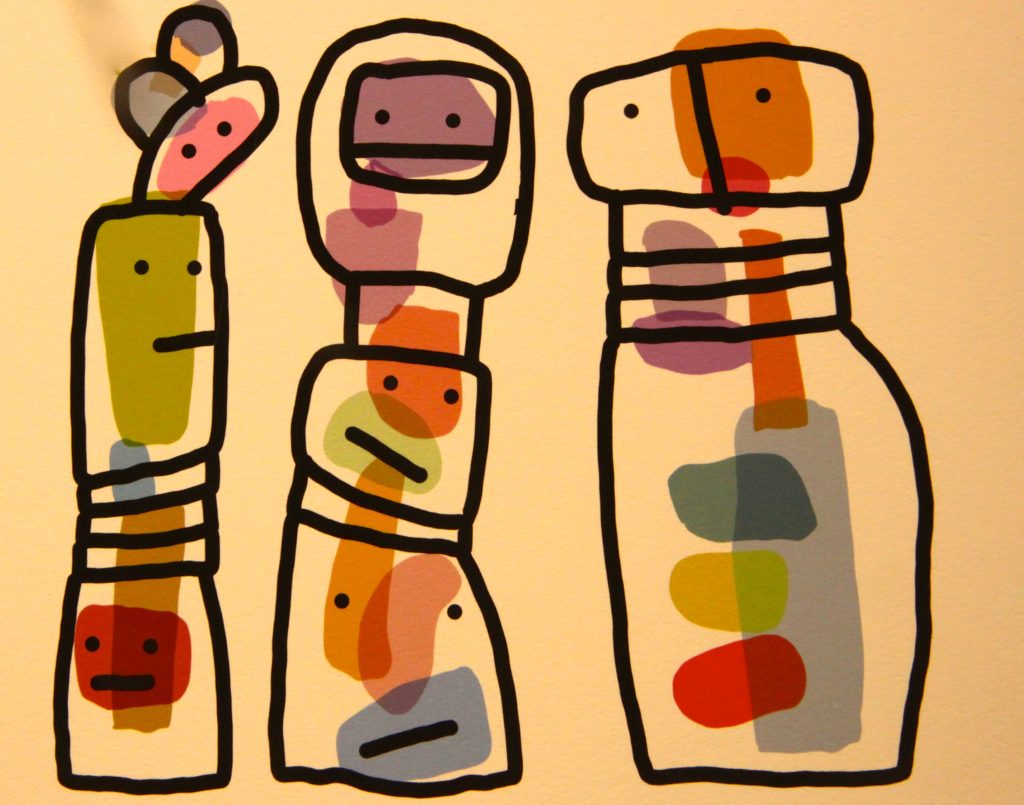
The largest piece in the LCC show is a mural painted on one entire wall of the exhibit space, which Goldlust describes as “spontaneous cartoon-based creatures.” The rest includes smaller drawings he created on an iPad and then manipulated with illustration software, plus items from his sketchbooks and fine arts digital inkjet prints known as giclée.
The show also features a set of creatures he calls “polyjellies” hanging from the ceiling, which look like jellyfish but are created from everyday found objects.
“I got that idea originally from spending too much time in thrift shops,” Goldlust said with a laugh. “There are so many great colors in all the disposable stuff you see there — I have bought a lot of salad spinners.”
His habit is to “gather things, play with them, put them together, and get a concept.” The polyjellies idea ended up winning him a grant from a pediatrics center for a large installation. The ones on display at LCC will become part of an installation at an elementary school in Anchorage, Alaska, this summer.
Goldlust’s goal now is to keep up the pace with public art and other paid artwork.
“If we can keep up with what we have done in the past year, we will be thrilled,” he said. “But it’s a lot of work to try to keep the commissions coming in — I submitted at least 60 applications last year.”
Given the vagaries of living by one’s art, fortunately artists don’t have to pay to apply for most of the public art commission projects, he said.
“You just have to have a library of images to choose from, write your proposal, pick the ones you think are best for each entry, send them in — and hope.”
Crowd Scenes and Questionable Hybrids
When: Through Monday, March 11
Where: Roger Hall Gallery, Building 11, Lane Community College, 4000 E. 30th Ave., Eugene
Hours: 9 a.m. to 4 p.m. weekdays
Information: Art_Gallery@lanecc.edu or petegoldlust.com
